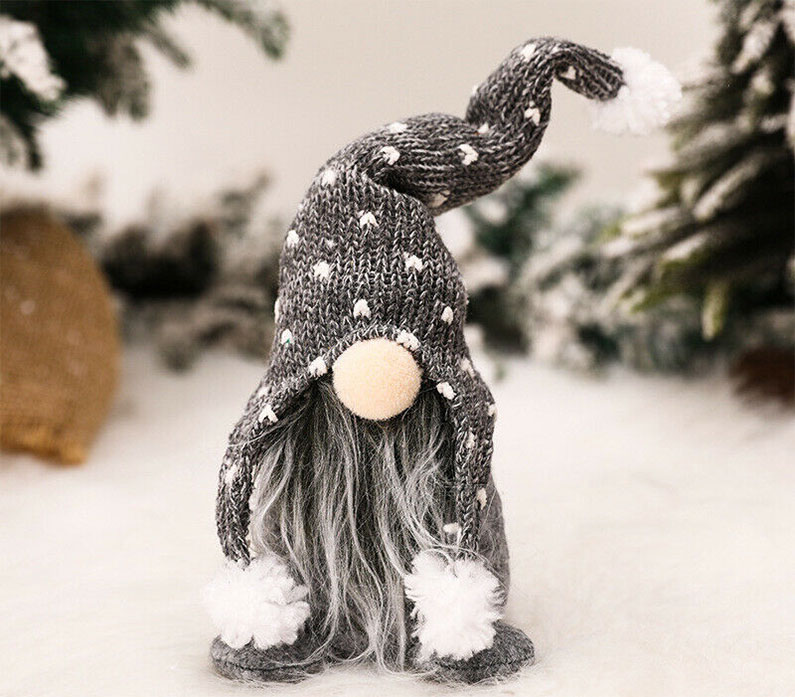
Yes. The first mention of a gonk dates back to 1600 in Norway, and possibly even earlier than that. A well-known motifs of Nordic folklore the gonks part protector/elf on shelf who watched over homes from evil while also being mischievous themselves but had an often short tempered nature towards others.
The more modern, commercial gonks are from the United Kingdom and were found in stores in the 1960s and have undergone a revival in recent years with more people placing them around their homes and, at Christmas, on their trees.
What are Gonks? Where did Christmas gonks come from?
Christmas gonks are are small figures with long beards and knitted hats and many think of them as being the Nordic version of Santa Claus/Father Christmas. Many people say that they are inspired by garden gnomes, particularly those described in Scandinavian folklore and over time they have become more popular amongst the mainstream and this popularity is continuing to increase especially with people more easily able to buy them via the internet.
It is believed that they were first found in tales in the 1600s with many thinking that they originate from the 13th century. Many people associate them with Christmas gnomes even though they are different with their faces being entirely covered by their hat and beard. Their nose is the most distinctive part of their face and they are believed to be responsible for protecting their owner’s home during winter and Christmas.
Are gnomes from Sweden?
Gonks originate from Norway but have a history of being featured in all Scandinavian folklore as early as the 1600s.
What’s the difference between gonks and gnomes?
Whilst Gonks look like gnomes, the main difference is that they originate from Scandinavian folklore, are essentially their version of Santa Claus, and you do not see their eyes.
What do Gonks represent?
Gonks are thought to represent protection of the owner’s home and garden. This is especially prevalent over the winter and festive period in which they are more frequently featured in Scandinavian folklore.

